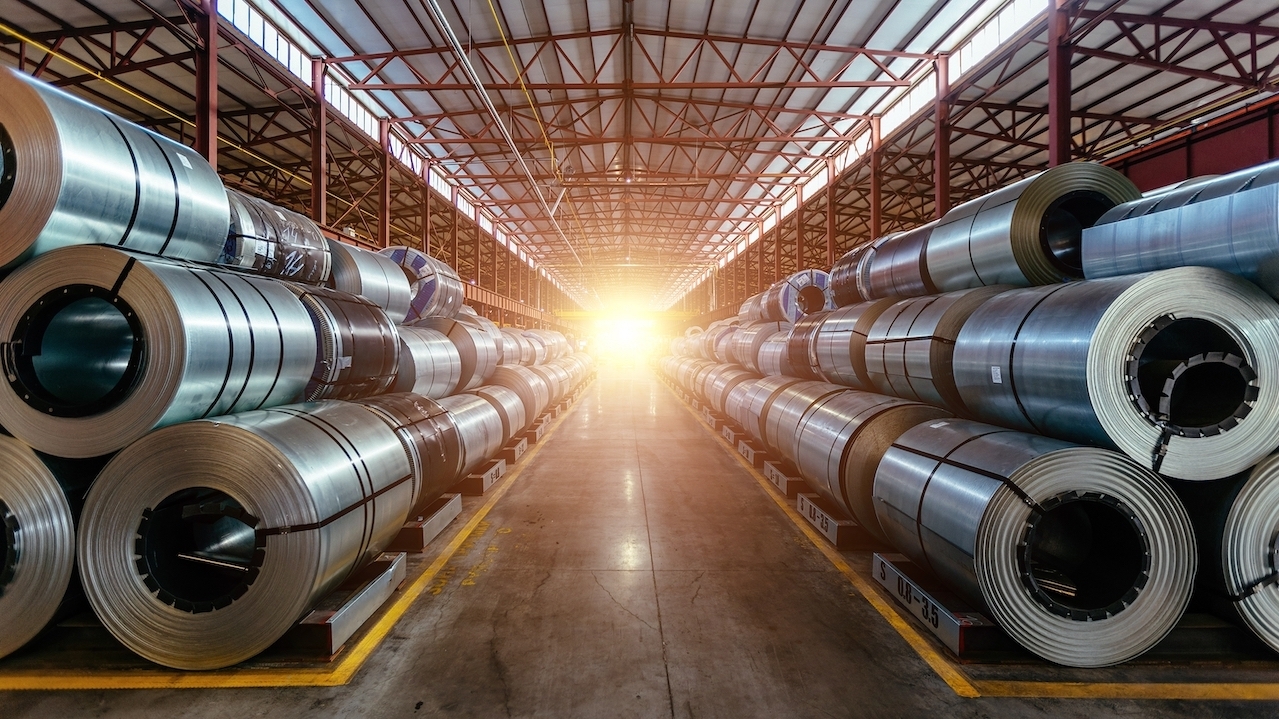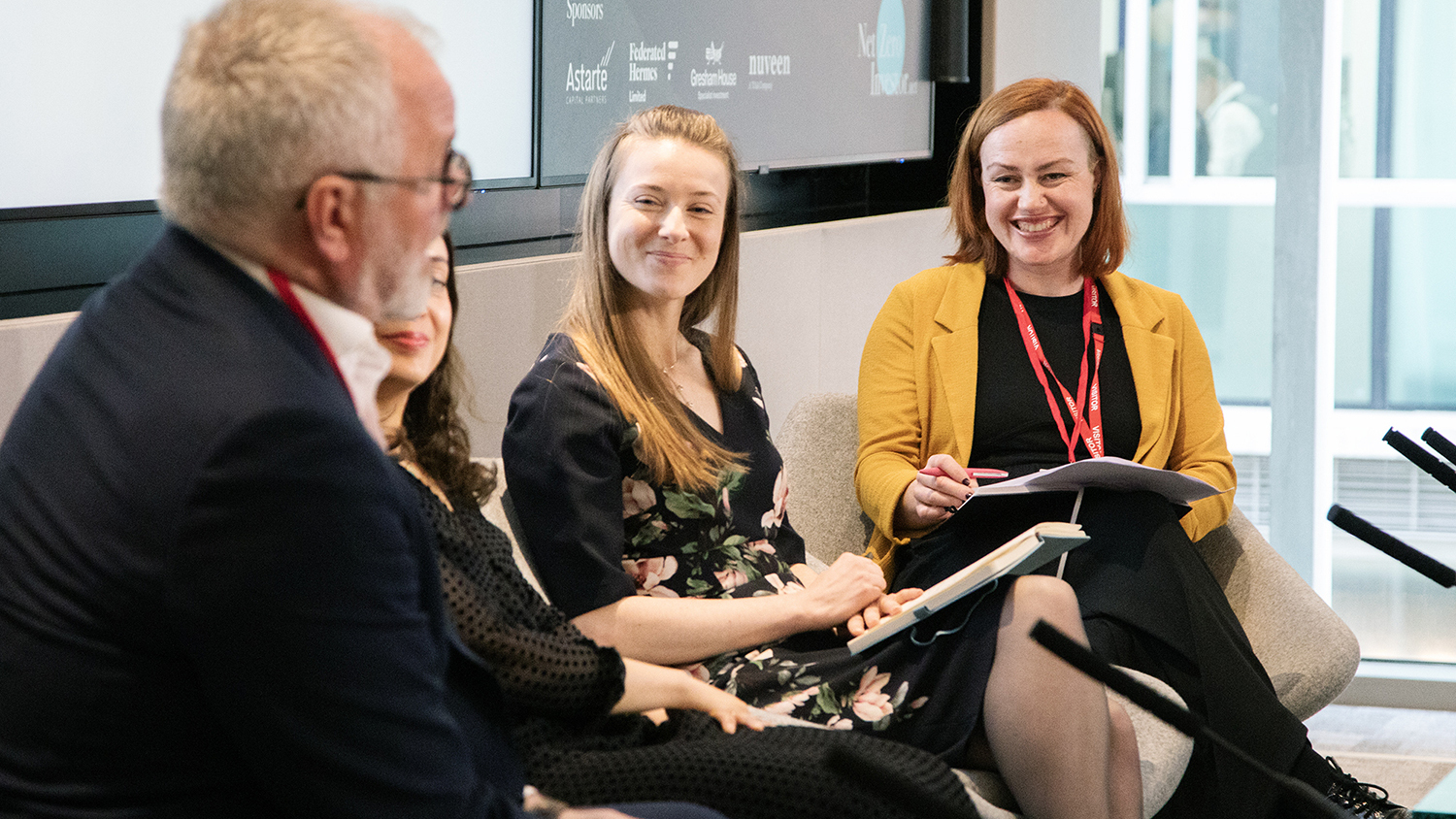
The net-zero approach to steel making
Going green is essential for the steel industry’s decarbonisation efforts.
To meet net-zero objectives, investors and developers are reviewing their use of carbon-intensive materials, but the need to develop the infrastructure to support a net-zero economy demands resources like steel be part of the equation.
For investors, this creates a conundrum in how best to aid the transition to green steel. In 2020, 1,864 million metric tonnes of crude steel were produced, according to the World Economic Forum, necessitating an overhaul in how steel is produced, recycled and utilised to meet carbon-reduction targets.
Investor pressure
On one hand, investors are “exerting vast pressure” on steel firms to decarbonise, says Paulo Carvalho, head of steel consulting at commodity intelligence specialists CRU Group. The trend is most notable in Europe, on the back of institutional investors setting emission-reduction targets.
Steel production accounts for between 7% and 9% of global CO2 emissions, according to the World Steel Association, making the space a “high priority” for investors’ engagement efforts, Carvalho says.
Some investors are coordinating efforts to engage with steel firms in a consistent manner. Six leading international banks formed the Steel Climate-Aligned Finance Working Group, and have published their Sustainable Steel Principles. This is a document that will “guide the whole banking sector on how to support the decarbonisation of the global steel sector,” Carvalho says.
But on the flip side, Carvalho says investors are aware that as shareholders in key listed steel firms, they will “have to contribute to paying part of the bill” alongside end-users, consumers and governments.
In Europe alone, CRU estimates it will require around $105bn of investments to facilitate a transition to green steel.
“To put in perspective, that is around four times the current value of the assets being replaced or around 20 times the industry’s estimated annual capital expenditure,” says Carvalho.
This type of ‘urban mining’ – reclaiming materials from existing developments – has the power to result in significant reductions in embodied carbon.
Urban mining
Considering these challenges, alternative means of turning steel green have arisen.
Steel, in theory, is infinitely recyclable with no loss of quality, yet in the UK currently, only 7% of steel from building demolition is reused, says Clive Nichol, CEO of real estate developer Fabrix. The remaining 93% is recycled in “a carbon-intensive process” – a practice that “cannot be maintained if we are to meet the Paris climate agreement”, he says.
As such, Fabrix became the first UK property company to purchase second-hand structural steel for reuse in new projects, purchasing 139 tonnes of steel from a building that was being demolished in the City of London.
“This type of ‘urban mining’ – reclaiming materials from existing developments – has the power to result in significant reductions in embodied carbon,” Nichol says.
The UK government has backed the concept by forming the Circular Metals project, which estimates that the urban mining industry could be worth £20bn a year by 2030 and add up to £100bn to the UK economy over the next 10 years.
Green steel
But recycling steel will not satisfy global demand, which is expected to rise by more than a third by 2050, according to the International Energy Agency. One solution to reduce steel’s carbon intensity is replacing fossil fuels with hydrogen in the production process, according to Wayne Bridger, UK sales manager for decarbonisation and hydrogen applications at gas provider BOC UK & Ireland.
“The transition to DRI (Direct Reduced Iron) steelmaking has been demonstrated technically at a smaller scale, next is to tackle the logistical and economic challenges of hydrogen supply at large scale,” he adds.
CRU Group’s Carvalho notes that such technological developments represent “great opportunities” for the sector, “owing to near zero earnings before interest, taxes, depreciation, and amortisation margins over the last 20 years, particularly in Europe”.
The transitioning sector has given rise to new market entrants, alongside existing giants seeking to decarbonise their production streams. Carvalho points to H2 Green Steel as a “disruptor in Europe” while ArcelorMittal is the “largest incumbent” and the “key promoter of decarbonisation in the whole industry”.
US-based Boston Metals have touted a “promising breakthrough” that could “revolutionise how iron and steel are produced, with near zero emissions,” Carvalho says.
The prospect for net-zero steel is not clear cut, with the outcomes of engagement efforts alongside innovative production methods yet to be seen, but there is clearly an appetite for decarbonisation within the sector for investors to capitalise upon.




